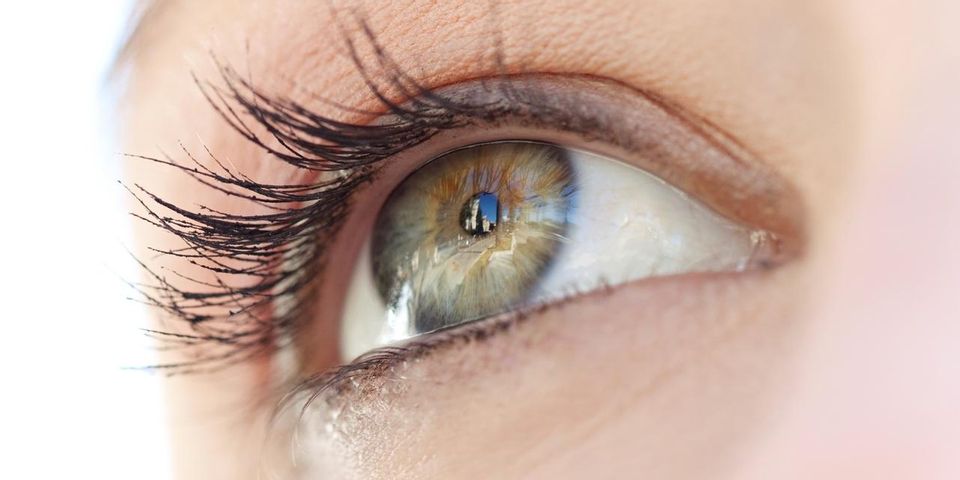
January is Glaucoma Awareness Month, so it’s the ideal time to learn more about this common eye condition the affects 3 million Americans. Glaucoma refers to a group of eye diseases that damage the optic nerve. If left untreated, it can lead to blindness, but a glaucoma test can diagnose any existing problems early. Below are some important things to know about this eye condition.
Causes & Types
Glaucoma develops when fluid accumulates in the front part of the eye. The buildup exerts pressure on the optic nerve and damages it. There are two main types of glaucoma:
- Primary open-angle glaucoma This is the more common type of glaucoma, and it sets in gradually; the eye cannot effectively drain the fluid collected there, so the pressure on the optic nerve slowly intensifies and results in damage to one's vision
- Angle-closure glaucoma Also known as closed-angle glaucoma or narrow-angle glaucoma, this condition is a medical emergency requiring prompt treatment to save one's vision; the iris of the eye blocks efficient fluid drainage, and pressure builds up extremely fast
Symptoms
The symptoms you experience depend on the type of glaucoma you have. With primary open-angle glaucoma, there are often no symptoms at all. You might experience a gradual weakening of vision or a slow progression of vision loss. With angle-closure glaucoma, the symptoms are immediately obvious and severe: sudden blurriness, major pain in the eye, headache, nausea, or rainbow-colored halos and rings around objects in the field of vision.
Diagnosis & Treatment
 In cases of primary open-angle glaucoma, your eye doctor will conduct a glaucoma test to see if any early warning signs of the condition are present. Eyedrops, medications, laser surgery, traditional surgery, or some combination thereof may be prescribed. The exact course of treatment will depend on how advanced the glaucoma is.
In cases of primary open-angle glaucoma, your eye doctor will conduct a glaucoma test to see if any early warning signs of the condition are present. Eyedrops, medications, laser surgery, traditional surgery, or some combination thereof may be prescribed. The exact course of treatment will depend on how advanced the glaucoma is.
Because angle-closure glaucoma is a true medical emergency, emergency intervention is necessary. Traditional or laser surgery may be the best way to address the issue. Topical beta-blockers and topical steroids might also be prescribed.
Seeing an Optometrist
The single best thing to do to stay on top of a possible glaucoma diagnosis is to see an eye doctor. As part of every routine eye exam, optometrists perform a glaucoma test; this is the test that blows a small puff of air into the eye to measure intraocular pressure. If you have no glaucoma symptoms, routine exams with your eye doctor will monitor your eyes and any eye conditions. If you have a sudden onset of angle-closure glaucoma symptoms, go to an emergency room right away.
In honor of Glaucoma Awareness Month, take proactive steps to protect yourself against this disease by making an appointment with an eye doctor. EyeOptics Optometry Center is here to help. They provide patients throughout Sacramento County, CA, with a number of eye care services, including exams, glaucoma tests, and vision therapy. To schedule an appointment, call their office today at (916) 684-6688, visit their website, or message them on Facebook or Twitter.
About the Business
Have a question? Ask the experts!
Send your question

